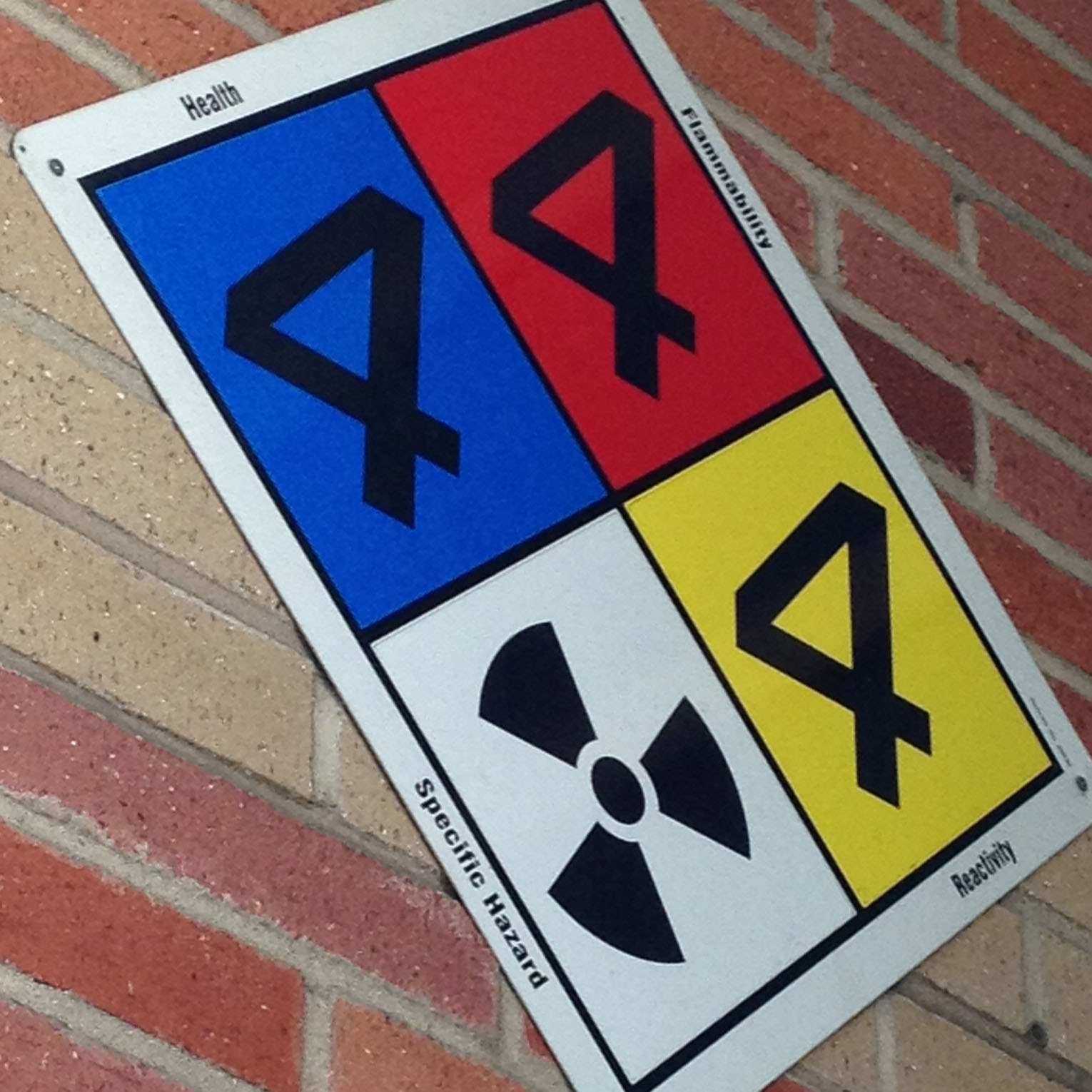Interview with the Southern California Regional Coordinator of PaintCare
In 2012, California was the second state to pass the Paint Stewardship Law. It opened the door to many hazardous collection sites across the state, but the issue of not having people well informed of these locations remains.
Alfredo Llamas, a Long Beach resident, occasionally has side jobs painting houses or businesses, and upon completing a project, he usually stores the remaining paint in his garage.
Llamas’ assortment of unwanted paint is impressive, and although he does not throw it away, he said he seldom visits hazardous recycling centers. “They’re harder to find,” Llamas said.
After years of reviewing a proposed regulation, the state of California passed the Paint Stewardship Law on Oct. 19, 2012 that opened the door to more than 60 hazardous collection centers in L.A. County alone. But despite the effort these collections centers have gone completely unnoticed to some L.A. residents.
Armine Kesablyan, program manager for the House Hazardous Waste Program of CleanL.A explains that there is an excess amount of paint not being recycled and residents need to be reminded.
“We’re hoping people will do the right thing. We tell them to go to retail stores rather than waiting to go to the site. Most people know they can’t put [paint] in the trash and if they do, it’s for convenience,” said Kesablyan.
Jan, a communication information representative for the City of Los Angeles Sanitation Department of Public Works, echoed Kesablyan by pointing out how some people feel it convenient to throw away their unwanted paint.
“There is sometimes a problem with people not [properly] disposing paint, and so they will leave paint in alley’s and then other citizens will report them to the hazardous waste [sites],” Ms. Jan said.
One reason for enacting the law was because previously, the only way residents could get rid of unwanted paint was through a local taxpayer-funded Household Hazardous Waste program (HHW), according to CalRecycle.
But the cost for this program cost millions of dollars to maintain, said Paul Fresina, the director of communications at PaintCare. Furthermore, HHW was infrequent as it would only be accessible to residents about once a month.
“Very often, that money was just not available to handle all the paint that was coming into those programs. Basically, there was a certain amount of dollars available and a lot of household hazardous waste. It cost money to staff people in those places and to make sure those products were properly, either recycled or disposed of,” said Mark Oldfield, Public of Office Affairs at CalRecycle.
Fresina of PaintCare, explained that people did not want to pay for the cost of HHW and argued that paint industries needed to take responsibility for the product they created.
PaintCare, a nonprofit organization, was established concurrently with the passing of this law and helped establish both permanent hazardous collecting centers and promoted the collection of unwanted paint at local paint retail stores. The company oversees that paint is properly being disposed of at theses locations.
Ms. Jan explains that one of the reasons people may not properly dispose their paint is because they think there is a cost involved. “Sometimes they think that they will be charged a fee, but there is no fee,” Ms. Jan said. Although she is partially correct, paint consumers are required to pay an additional cost.
Although there is no fee to drop off paint at either collection centers or paint retail stores, with the passing of the law last October, consumers are now required to pay an extra cost every time they purchase paint.
Paint companies have issued a recovery fee that is administered through PaintCare. The additional charge covers the cost of recycling paint and the transportation of it to recycle facilities. Any left over money is collected and considered profit to PaintCare.
According to the Los Angeles Times, paint retailers collect an additional 35 cents for every container of paint between half a pint and one gallon, 75 cents for one gallon and $1.65 for paint sold in quantities between one to five gallons.
Cynthia Dunn, senior integrated waste management specialist at CalRecycle, explains that while there has not been much protest over the recovery fee, there have been reports of confusion with regards to the extra charge.
“Most people who have called are confused thinking it’s a state tax but its not. Some consumers are confused about CRV cost versus the cost of recycling paint,” said Dunn.
But the fee is just one aspect of the formula that people are still uncertain about.
Although the law and PaintCare are fairly new, there is still much work to be done on advising residents of the numerous collection centers across L.A. County.
Llamas said that the lack of information of these sites made him reluctant to recycle. He claims that he is not alone.
“A lot of people keep [paint]. I know I keep them. I [also] know a lot of painters that get them and throw them away,” said Llamas.
Additionally, Brandon Nelson-Zarrahy, Southern California Regional Coordinator of PaintCare, explains that some people are unsure of what household products are considered hazardous.
“I know that most people usually don’t consider paint to be a hazardous material, or hazardous waste or harmful to our environment…but it is in the grand scheme of things,” said Zarrahy.
Kesablyan gave an additional account for the reason some people may not recycle paint by stating that wealthier neighborhoods tend to be more environmentally savvy compared to poorer neighborhoods in L.A. However, she declined to mention specifically which neighborhoods deviate from recycling paint.
Nevertheless, Brian Ahn, the supervisor of the Household Hazardous Waste Program at the City of Los Angeles Sanitation Department of Public Works, disagrees with the idea of people not well informed of these collection centers and of not recycling their paint.
“Paint is one of the main things that get dropped off at our sites. More than 30 percent of hazardous materials dropped off are paint and paint materials,” Ahn said.
Between 2011 and 2012, roughly 2.7 million pounds of paint were recycled, Ahn said. But since this year’s numbers are not yet available, it is unclear to see what impact the new law has made.
“While we don’t have data yet it’s certainly the kind of thing that over time we would fully expect to see consumers taking advantage of it to the fullest extent,” said Oldfield.
Moreover, PaintCare has made efforts of community outreach programs to educate people about the hazardous collection sites that are spread across L.A. County.
Alongside PaintCare, the County of Los Angeles Household Hazardous and Electronic Waste Collection program takes part in informing residents about recycling their hazardous wastes through weekly mobile collection events in several L.A. locations.
“Last Saturday I was at an event in Burbank explaining how we came about. We’re constantly doing outreach through radio advertisements and paper advertisements. We constantly try to inform,” said Zarrahy of PaintCare.
After being informed of some of the collection centers in L.A. country, Llamas says he will consider taking advantage of these collection sites in the future by simply affirming with a candid smile, “I was unaware until just now but [I will] definitely go to these sites.”




